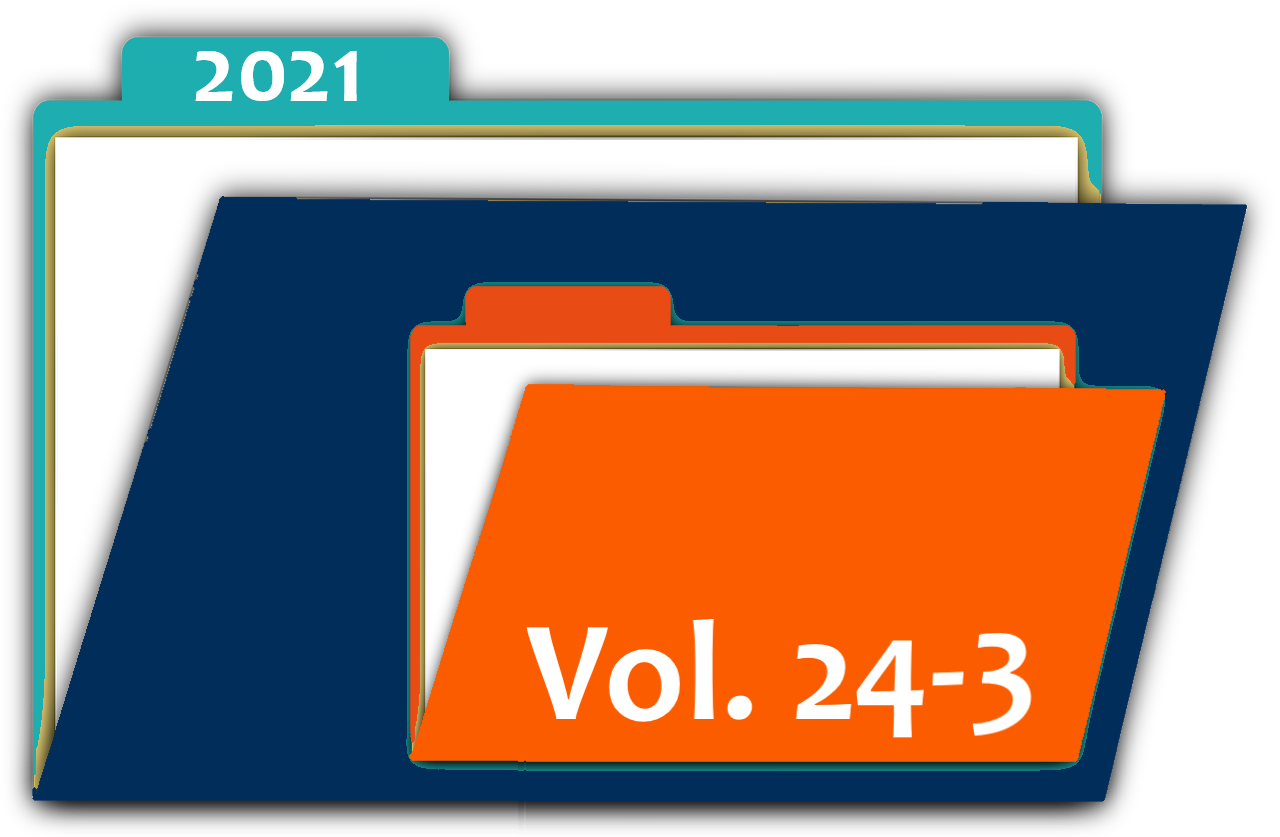A Relational Theory of Organization Creation About Making: Anthropology, Archaeology, Art and Architecture by Tim Ingold (2013)
Book Review
Abstract
In his book Making: Anthropology, Archaeology, Art and Architecture, Tim Ingold describes human action after having studied the four fields mentioned in the title. The anthropologist recommends that researchers live with the group of people being studied. He criticizes the hylemorphic approach of human action, according to which human beings are seen to impose a preconceived form from their mind onto matter, or the material. Instead, he proposes a theory of life in society based on so-called lines of correspondence. Drawing on the cases of a prehistoric human being, a medieval craftsperson and an artist, he sees these to be experiencing, with other beings and with objects, lines of correspondence defined by attention and transformation and which are developed in a process.
Downloads
References
Ansoff, H. I. (1965). Corporate strategy: Business policy for growth and expansion. McGraw-Hill Book.
Bansal, P., Smith, W. K. & Vaara, E. (2018). New ways of seeing through qualitative research. Academy of Management Journal, 61(4), 1189–1195. doi: 10.5465/amj.2018.4004
Chia, R. & Holt, R. (2006). Strategy as practical coping: A Heideggerian perspective. Organization Studies, 27(5), 635–655. doi: 10.1177/0170840606064102
Chia, R. & Rasche, A. (2010). Epistemological alternatives for researching strategy as practice: Building and dwelling worldviews. In D. Golsorkhi, D. Seidl, L. Roleau & E. Vaara (Eds.), Cambridge handbook of strategy as practice (pp. 34–46) Cambridge University Press.
Gibson, K. R. & Ingold, T. (1993). Tools, language and cognition in human evolution. Cambridge University Press.
Heidegger, M. (1962). Being and time. Blackwell.
Ingold, T. (2013a). Making: Anthropology, archaeology, art and architecture. Routledge.
Ingold, T. (2013b). Marcher avec les dragons. Zones Sensibles.
Ingold, T. (2016). Lines: A brief history. Routledge.
Ingold, T. (2017a). Prêter attention au commun qui vient, Multitudes, 3, 157–169. doi: 10.3917/mult.068.0157
Ingold, T. (2017b). On human correspondence, Journal of the Royal Anthropological Institute, 23(1), 9–27. doi: 10.1111/1467-9655.12541
Ingold, T. (2018). L’anthropologie comme éducation. Presses universitaires de Rennes.
Ingold, T. (2019), Art and anthropology for a living world Conference given at the École nationale supérieure des Arts Décoratifs (via Techniques & Culture), on March 29, 2018.
Langley, A. (2007). Process thinking in strategic organization. Strategic Organization, 5(3), 271–282. doi: 10.1177/1476127007079965
Langley, A. N. N., Smallman, C., Tsoukas, H. & Van de Ven, A. H. (2013). Process studies of change in organization and management: Unveiling temporality, activity, and flow. Academy of Management Journal, 56(1), 1–13. doi: 10.5465/amj.2013.4001
Latour, B. (2010). An attempt at writing a compositionist manifesto. New Literary History, 41(3), 471–490.
Quéré, L. (2015). Retour sur l’agentivité des objets. Occasional Papers. CEMS, EHESS.
Sarasvathy, S. D. (2001). Causation and effectuation: Toward a theoretical shift from economic inevitability to entrepreneurial contingency. Academy of Management Review, 26, 243–263. doi: 10.5465/amr.2001.4378020
Steyaert, C. (2007). ‘Entrepreneuring’ as a conceptual attractor?: A review of process theories in 20 years of entrepreneurship studies. Entrepreneurship and Regional Development: An International Journal, 19(6), 453–477. doi: 10.1080/08985620701671759
Van de Ven, A. H. (1992). Suggestions for studying strategy process: A research note. Strategic Management Journal, 13(S1), 169–188. doi: 10.1002/smj.4250131013
Copyright (c) 2021 Odile Paulus

This work is licensed under a Creative Commons Attribution-NonCommercial 4.0 International License.
Authors retain copyright of their work, with first publication rights granted to the AIMS.












 Published by
Published by 